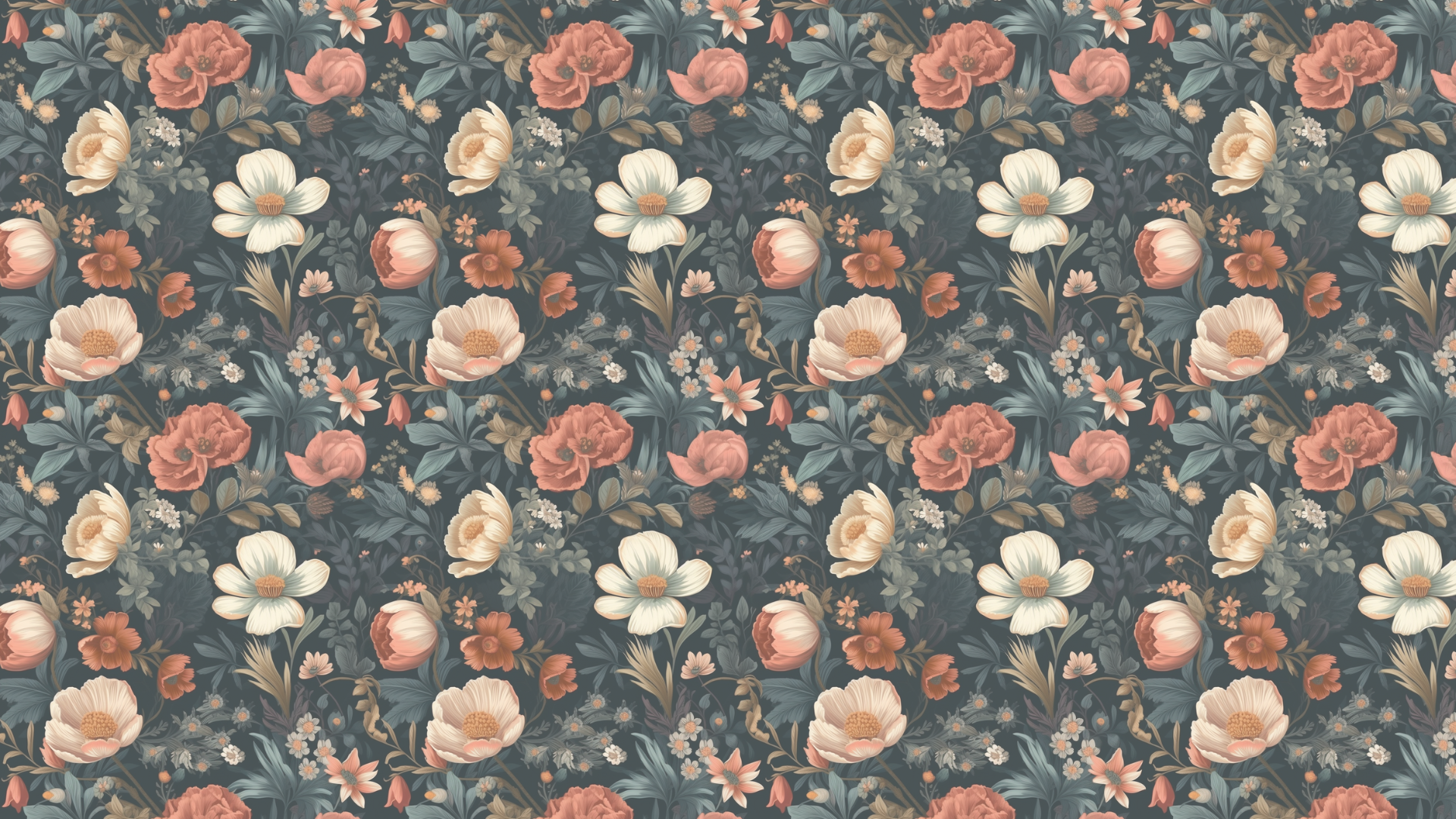
Before I found myself here as a reconciled wife, stay-at-home mom, full-time homemaker and a quiet advocate for Timeless Womanhood, I spent more than a decade teaching undergrads based on my research work that was neck-deep in psychoanalytic and critical feminist theory.
As a natural-born rebel, I defended modern narratives about womanhood in my previous academic work and lived them out too. It made perfect sense back then to blame everything on the patriarchy in the name of women’s liberation out of the home.
Long story short: I ended up as a divorced single mom with more cats than close friends and experienced extreme loneliness that the women’s empowerment movement never warned me about.
These publications about architecture, the domestic and female identity reflect that chapter of my life. They’re a bit heady, a little haunted but very much reflective of a woman who was still figuring things out through her research (that was me 👋).
Feel free to browse the titles below but don’t say I didn’t warn you: there are no happy endings in horror films...or in the ideology I eventually left behind.
Selected publications:
-
In this book chapter, I explored how Japanese horror films ‘displace’ single mothers in their very own homes. I painted the domestic apartment as a claustrophobic prison where divorced or unmarried women were trapped by their children, subverting the ‘good wife, wise mother’ ideal. Looking back though, I’d unwittingly embraced the idea that children are obstacles to female autonomy and that home is a cage instead of a protective space that mirrors our mother’s womb.
Published in Narrating the City: Mediated Representations of Architecture, Urban Forms and Social Life (2020) Bristol: Intellect Ltd.
-
This critique uses Hong Kong, the abandoned child of Motherland China, struggling with identity post-1997 handover. I argued that haunted urban apartments symbolized the fractured cultural identity of Hong Kongers, trapped between Western individualism and fading family ties. The ‘liberation’ of rejecting tradition and family didn’t create freedom but loneliness and existential dread. Postcolonial identity sure complicated the tug-of-war between independence and belonging, alright.
Published in In Otherness: Essays and Studies 7.1. (2019)
-
I parroted the usual claim that patriarchal beliefs in Thai culture turned women into possessions, even in death, and blamed it all on male narcissism, desire and complicated grief. But here’s what I missed: the capitalistic push for women to pursue university education over home life has contributed to rising campus sexual assaults. Ironically, my feminist lens ‘ghosted’ the fact that women’s suffering isn’t always about oppression but sometimes about being sold the wrong ‘aspiration’.
Published in PsyArt: Psychology and the Arts (2017)
-
Marriage is usually where the real identity crisis begins. I argued that marriage fractured a woman’s identity, trapping her between being a wife (property of a man) and an independent self with creative ambitions. It was the old ‘marriage kills individuality’ argument dressed up in academic jargon. What I failed to see was that a woman’s deepest creativity isn’t about chasing personal dreams but lies in the act of creation itself: bearing and raising children within marriage with love and commitment.
Published in The Asian Conference on Arts & Humanities Official Conference Proceedings (2016) IAFOR


